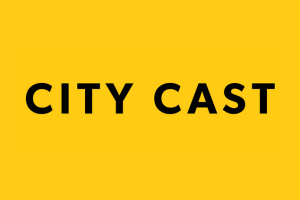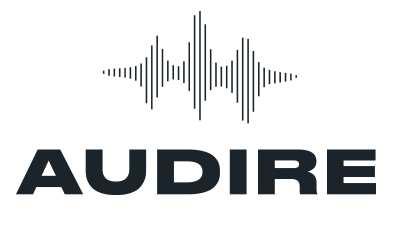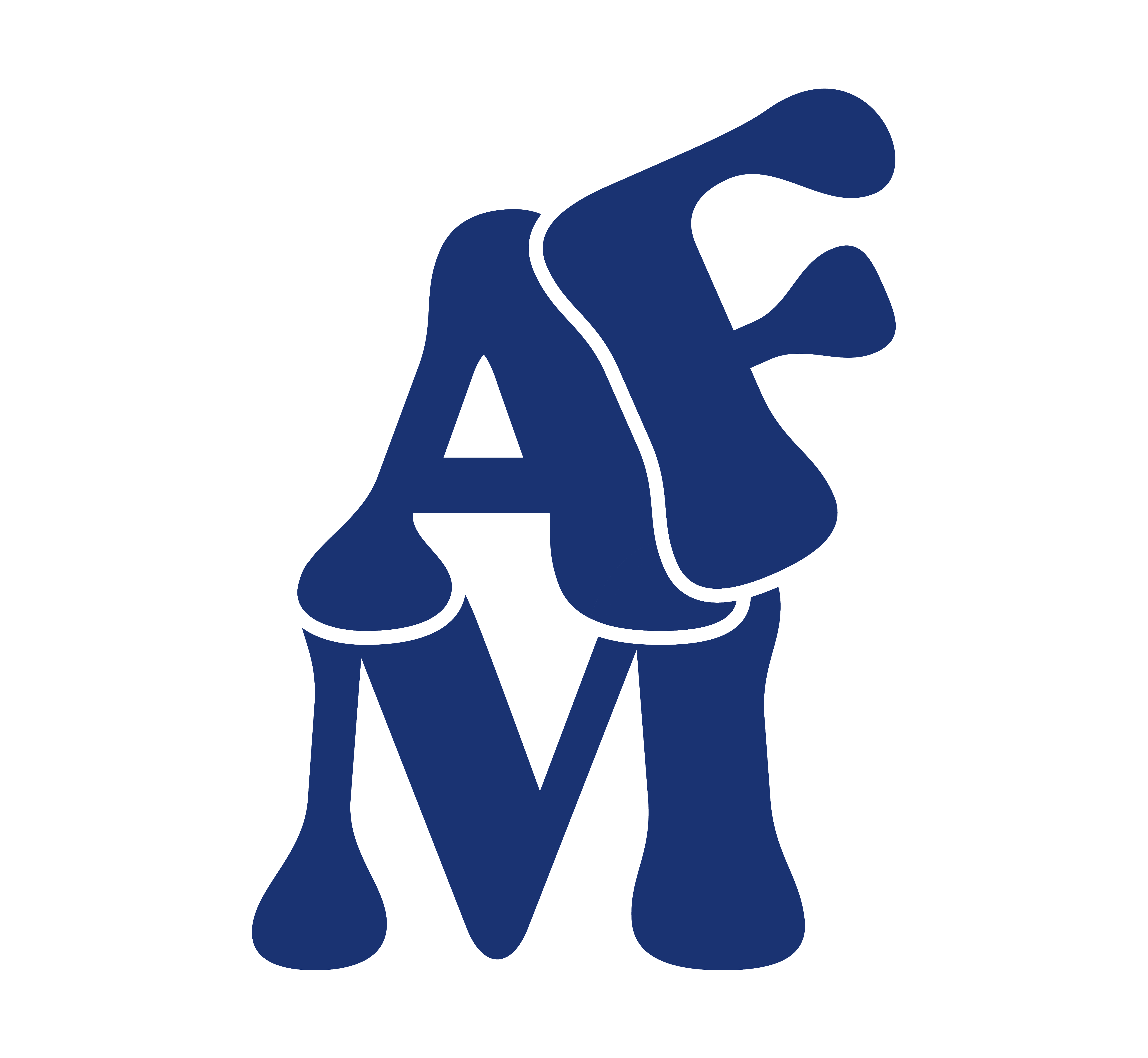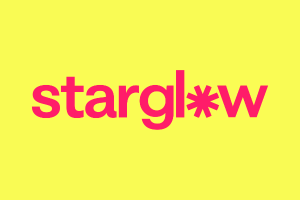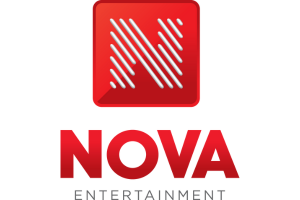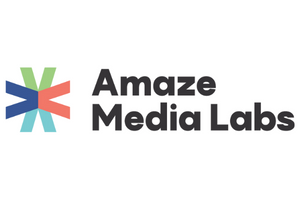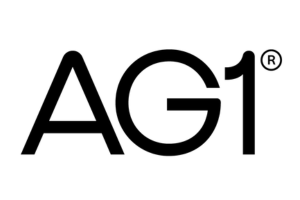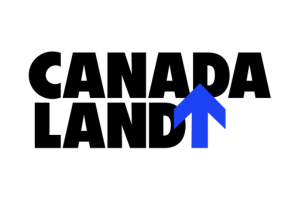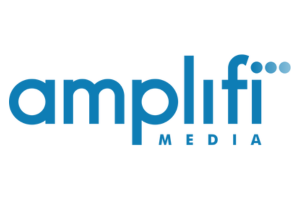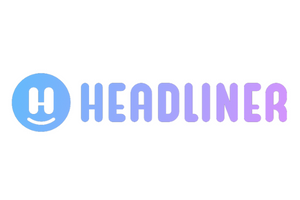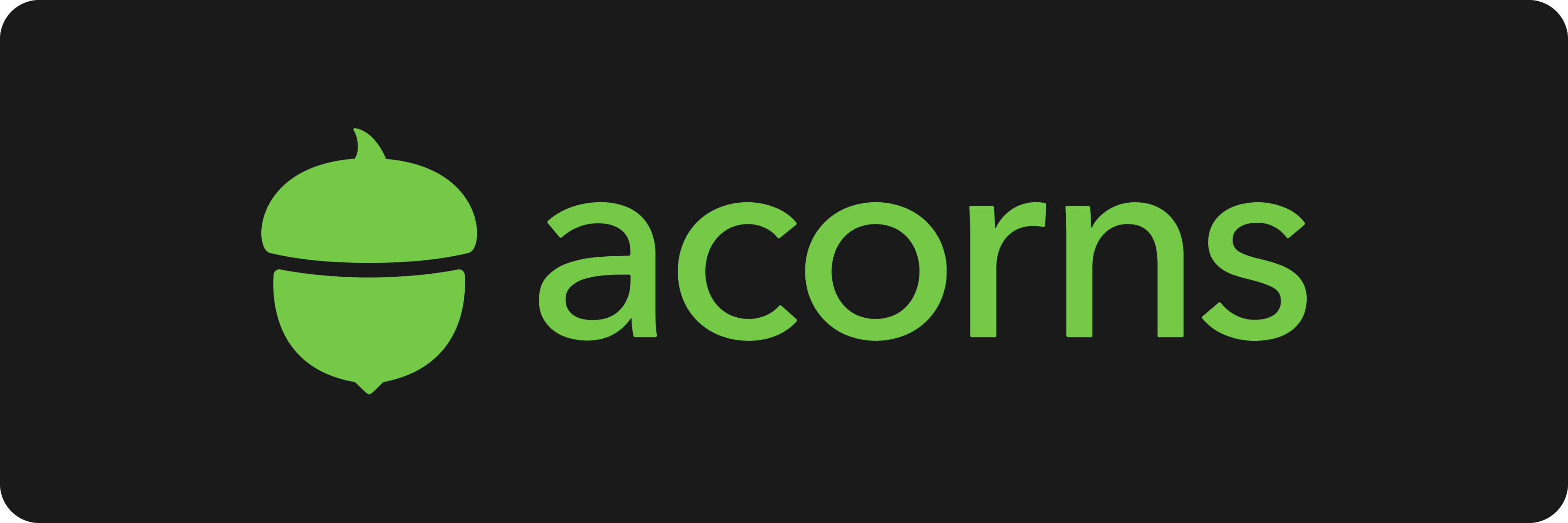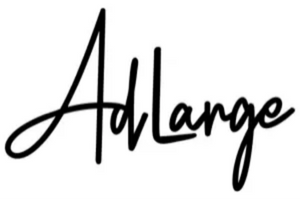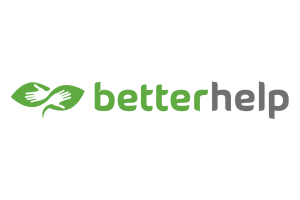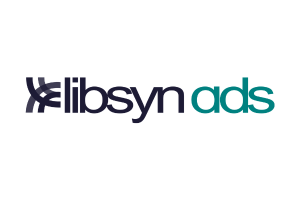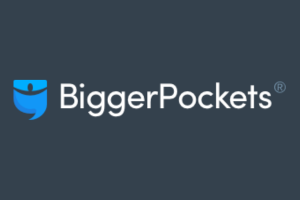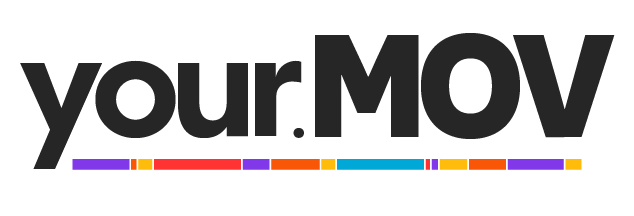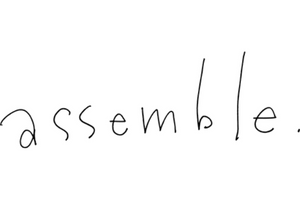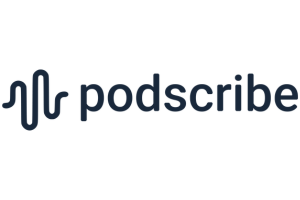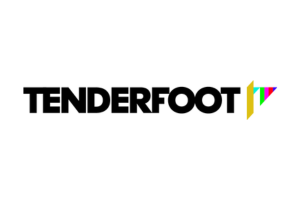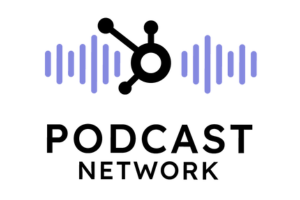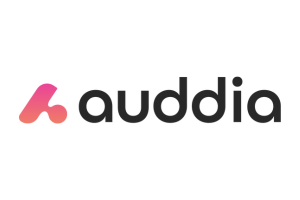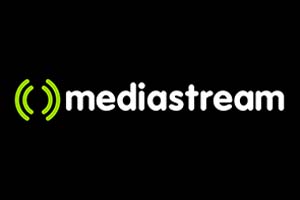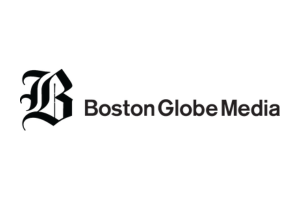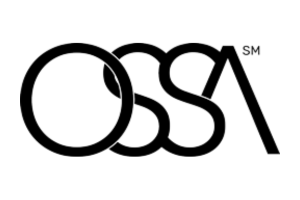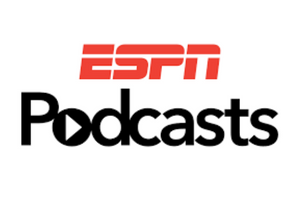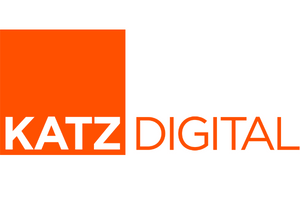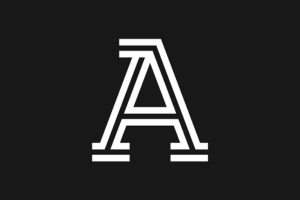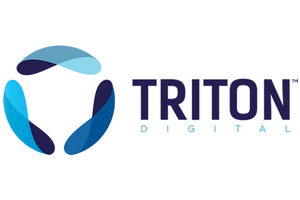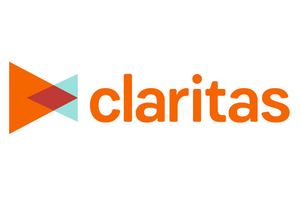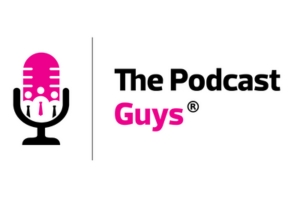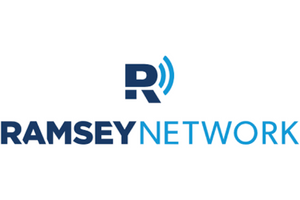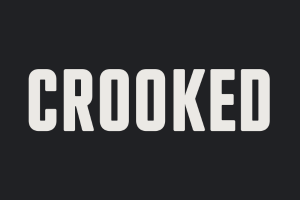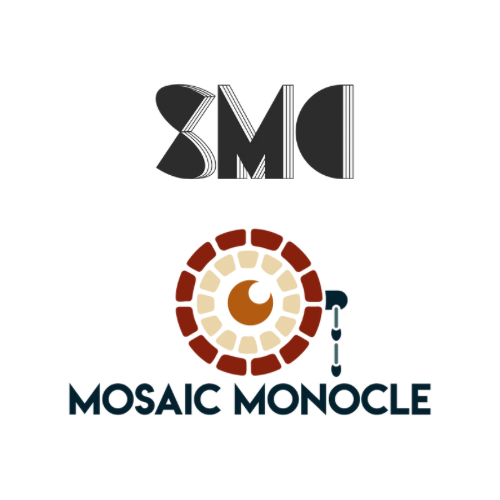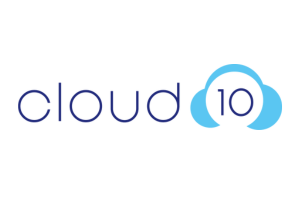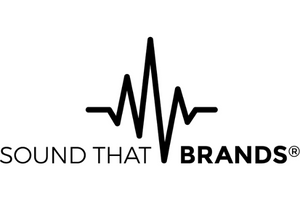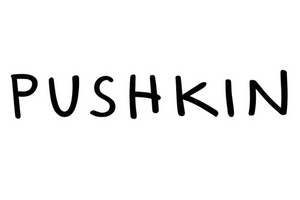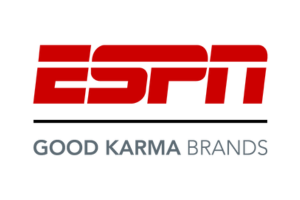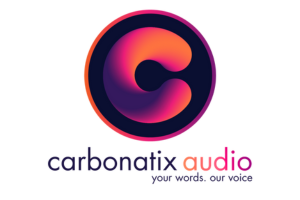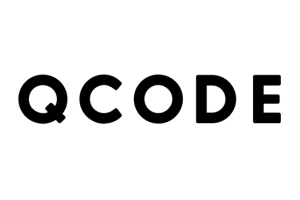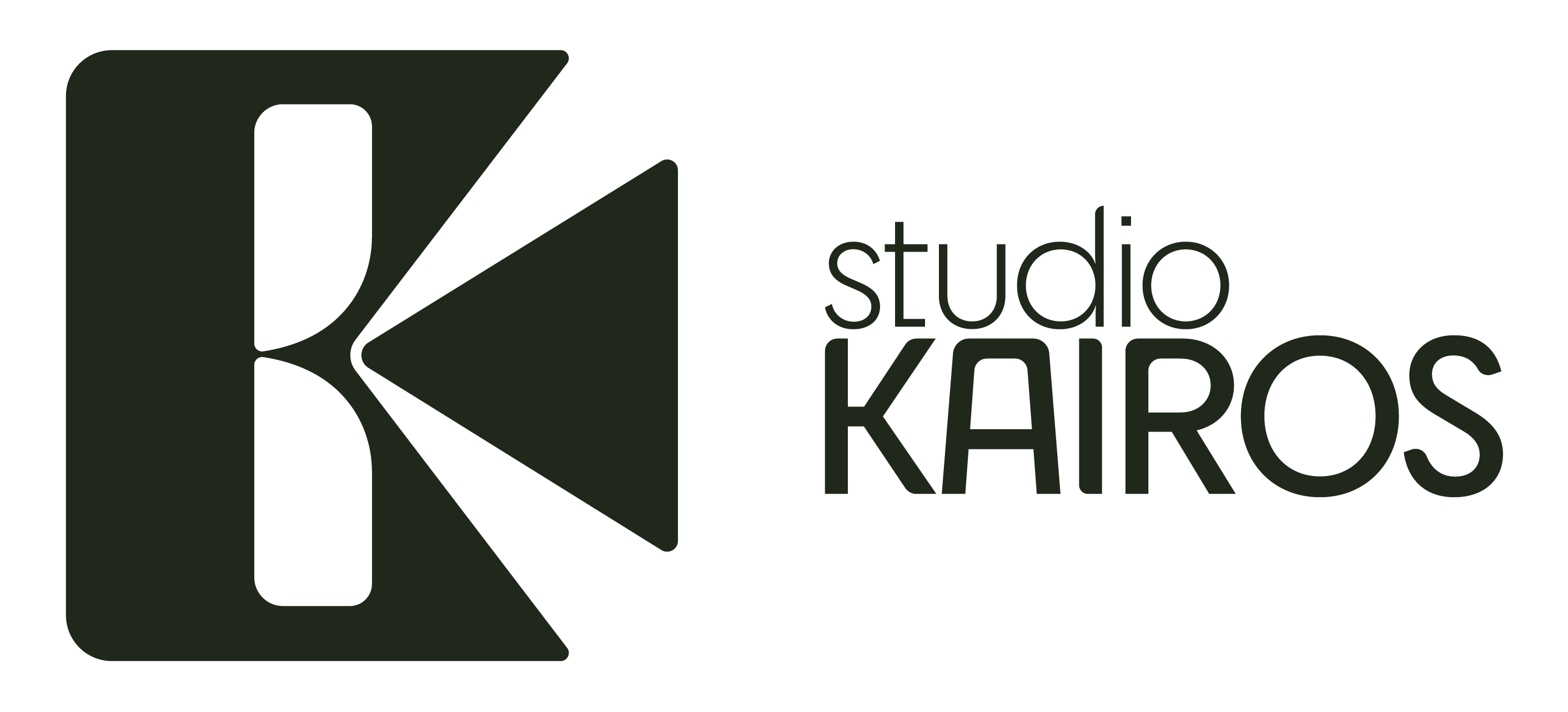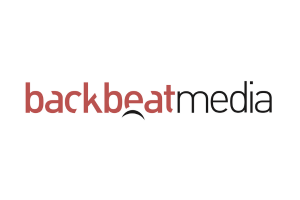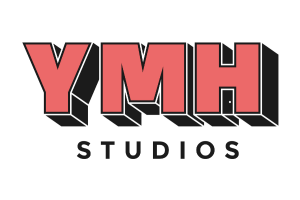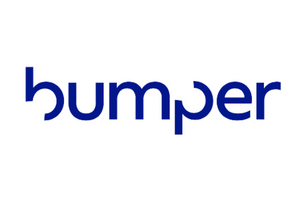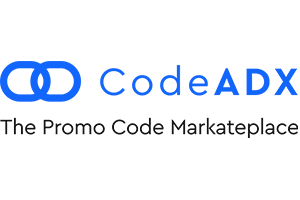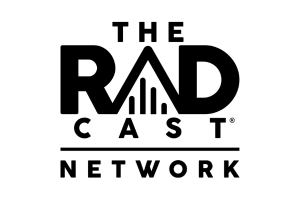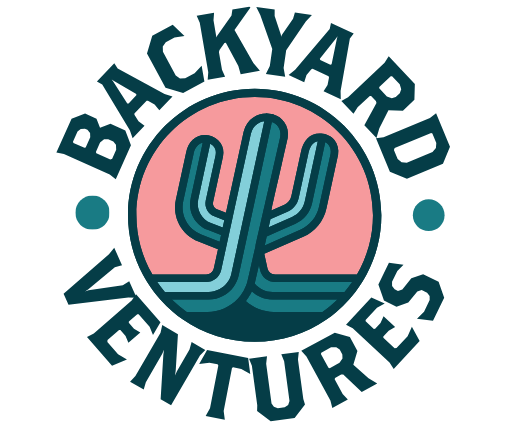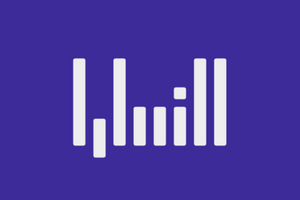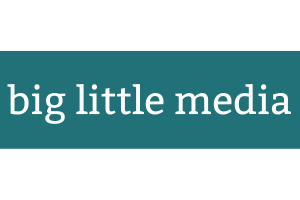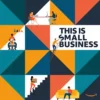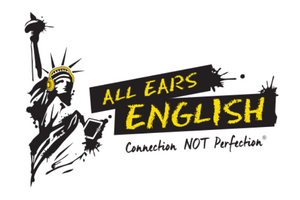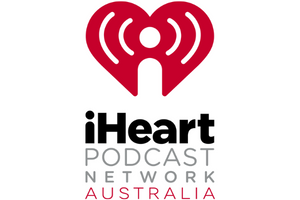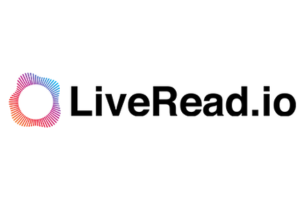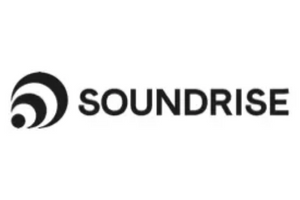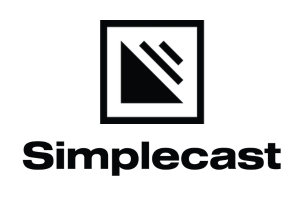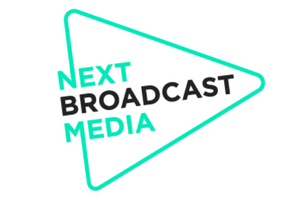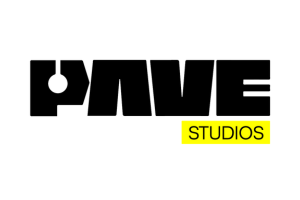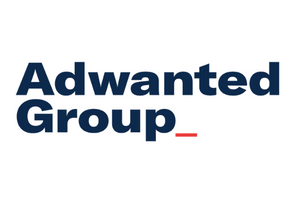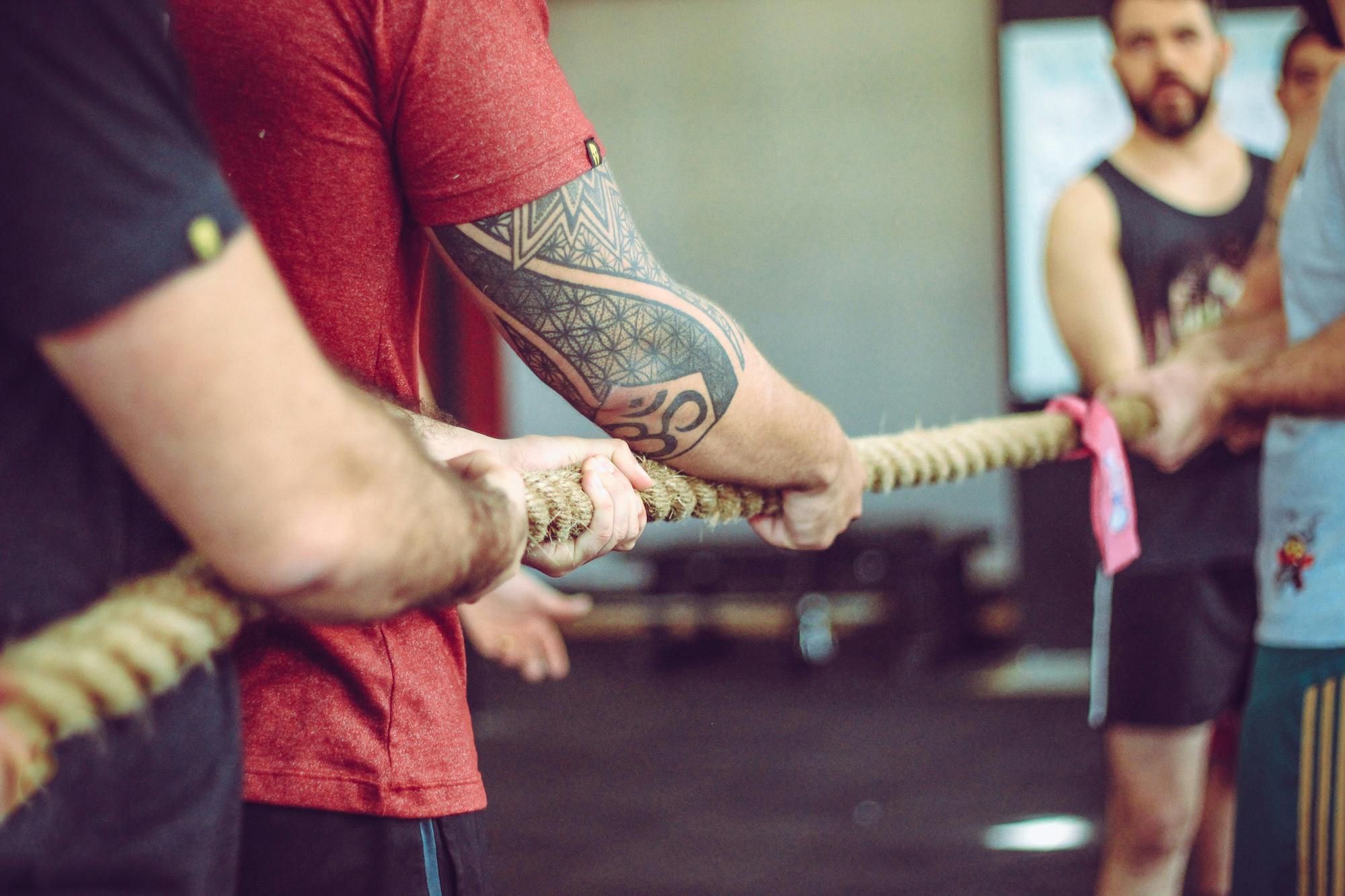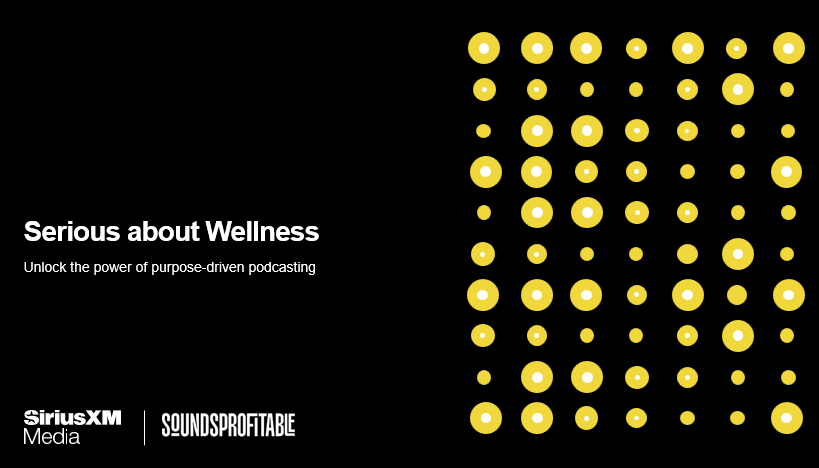By David Plotz and Andi McDaniel, co-founders of City Cast.
It’s official: City Cast is launching two new markets in 2025: Seattle and the Twin Cities!
These two cities–as delightful as they are complicated–won out over dozens of others, but how? By nailing every criterion we’ve developed over the last four years to predict where our daily local podcast and newsletter will make a difference and thrive.
Four years in, City Cast has podcasts and newsletters in 13 cities– each locale its own idiosyncratic mix of quirks and challenges, gripes and delights. At a time when national and international news is often grim and exhausting, local news–and local podcasting in particular–is energizing, relatable, actionable, and human. And so City Cast’s audiences and revenue keep growing.
Our current cities run the gamut in geography, scale, and character. We’re in America’s third-largest city, Chicago, but also in the 114th-largest, Salt Lake. Long term, City Cast aspires to be in more than 50 U.S. markets– but as we build it city by city we want to get each one right.
So to answer a question we get asked a lot–”how do you pick your cities?”– here’s a look behind the curtain at what we look for when we expand, and why Seattle and the Twin Cities won this round hands-down.
The Local Issues Aren’t Blue vs Red
American cities are blue. But you know what people listening to a local podcast don’t want to hear about all the time? The same red-blue fights they hear about when they watch cable news or read the New York Times. Our shows do best when they explore recurring stories that everyone in the city has an opinion about–but that don’t sort neatly across political lines. In other words, we tend to thrive in places where the most bruising fights are purple. Bike lanes: some Washingtonians hate ‘em, and some love ‘em! Why won’t Denver let this couple build an ADU? Is the Las Vegas F1 race a boon to the city or a nightmare? Just whisper the word “gondola” to a resident of Salt Lake, and you’ll provoke a torrent of excitement or rage. We look for cities loaded with story lines that will deliver unexpected conversations.
It’s Growing (And So There’s Tension)
We look for cities that are growing, and not just because that means greater potential for listeners and readers, but also because with growth comes tension, and with tension comes great podcasts. Growth brings questions of “old versus new” and “when did you move here?” It unearths conflicts about housing shortages and transportation chaos. Growth forces cities to grapple with their fundamental identity: how to keep Austin weird and is that old Denver or new Denver?
Newcomers Trying to Find Their Way
City Cast is made for newbies and longtimers alike, but our superpower is helping people make sense of a place, and feel more connected to it– and that’s something newcomers in particular crave. Newcomers tend to be younger, more educated, more likely to consume new media like podcasts and newsletters. And because they’re new, they don’t have the habit of the local newspaper or 11 o’clock local news, so they quickly find meaning in what we’re making.
Healthy Competition
While our teams do plenty of original reporting, our daily podcasts and newsletters aren’t made to work in news deserts. We don’t have large newsrooms and our teams are lean. What we offer–critical and delightful conversation about what matters locally, and a really useful newsletter –ultimately relies on a functioning local news ecosystem. Great competition means there are great local beat reporters to guest on our podcast, and political leaders who are accustomed to talking to local news outlets, and businesses that are accustomed to advertising locally–all of which are essential for us. (This is also why we honor our local competition by giving them credit and links and attention.)
Skin in the Game
It’s hard to put into words what city pride is made of – is it the percentage of residents who bear city-inspired tattoos? (here’s the tat on the Executive Producer of City Cast Portland) Whatever it is, it’s core to a strong City Cast city– this sense that the team making the show and newsletter, and the people listening and reading, all believe passionately in their city, even as they fiercely criticize it. They love it, they feel a sense of ownership of it, they want it to be better.
Podcast Listenership
We look for cities that over-index on the kind of people who’ll love City Cast. When we launched in Salt Lake City, for instance, we had data showing that Salt Lakers consume news podcasts three times as much as residents of some other cities. This suggested–correctly–that it would be a strong city for us. Many cities later, we were able to leverage lookalike data to model which potential new cities would have the most people who resemble our current audience. The exercise yielded some surprising results: Oklahoma City beat out San Diego, Omaha outshined Raleigh-Durham. The data were especially clear about Seattle and the Twin Cities, which have a ton of people who are likely to become City Cast fans and users.
When we set out to pick our 2025 expansion markets, we started with a long list of 20 cities, and then walked through each of these criteria, city by city. We made charts. We awarded points. We talked to people who lived there. And then we did what companies always do. We had a big argument about it–a delightful, roisterous Zoom fight about which two cities should rise to the top. In the end, the data pointed us toward two cities (okay, technically three): Minneapolis/St. Paul and Seattle. The lookalike data tells us they’ve got audiences that should welcome another source of local news. Both markets have talent galore and rich local media ecosystems. (Seattle even has a wonderful daily local podcast, Seattle Now.) Both are growing fast, have tons of newcomers, and are bubbling with conflicts that aren’t just red-blue.
So hello Twin Cities! Hello, Seattle! We can’t wait to meet your best producers and writers and podcast hosts and ad sellers, and can’t wait to see how they bring your amazing cities to life!

